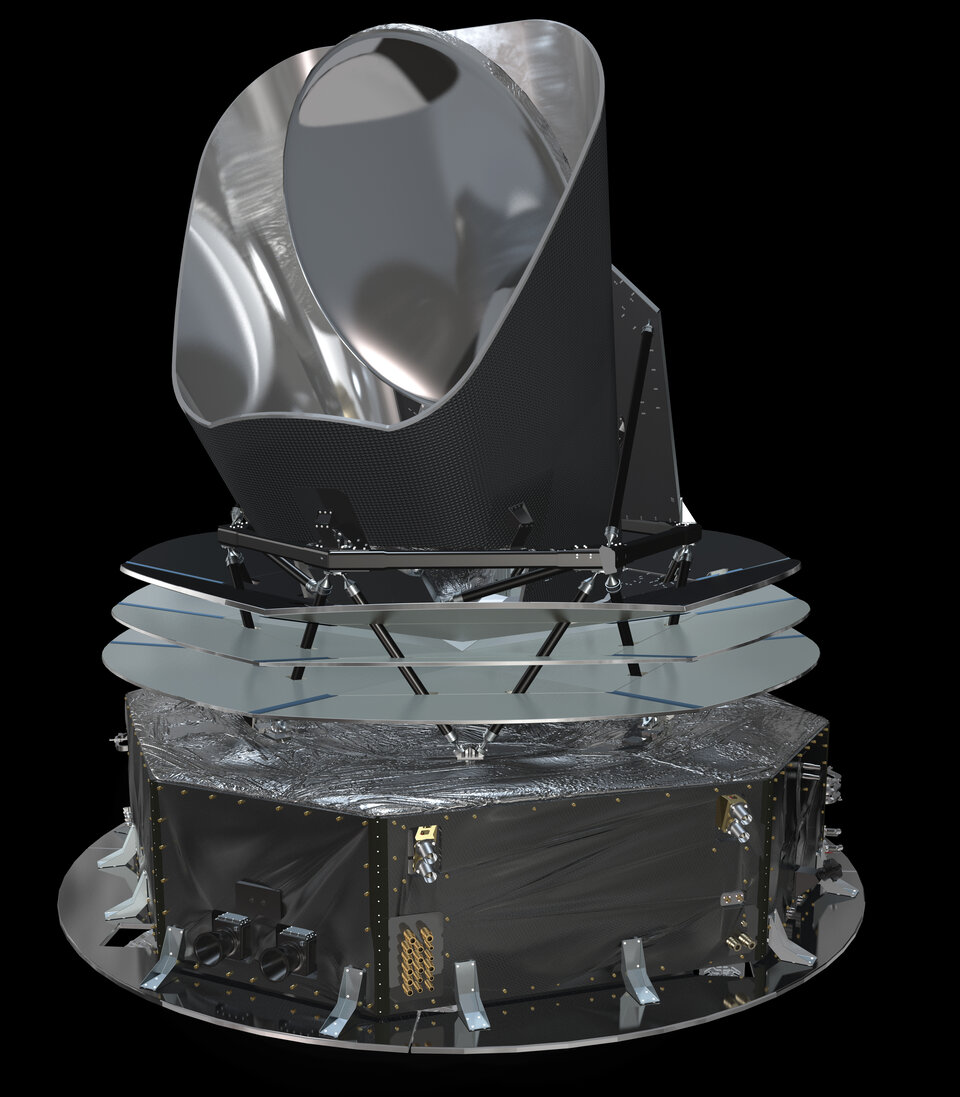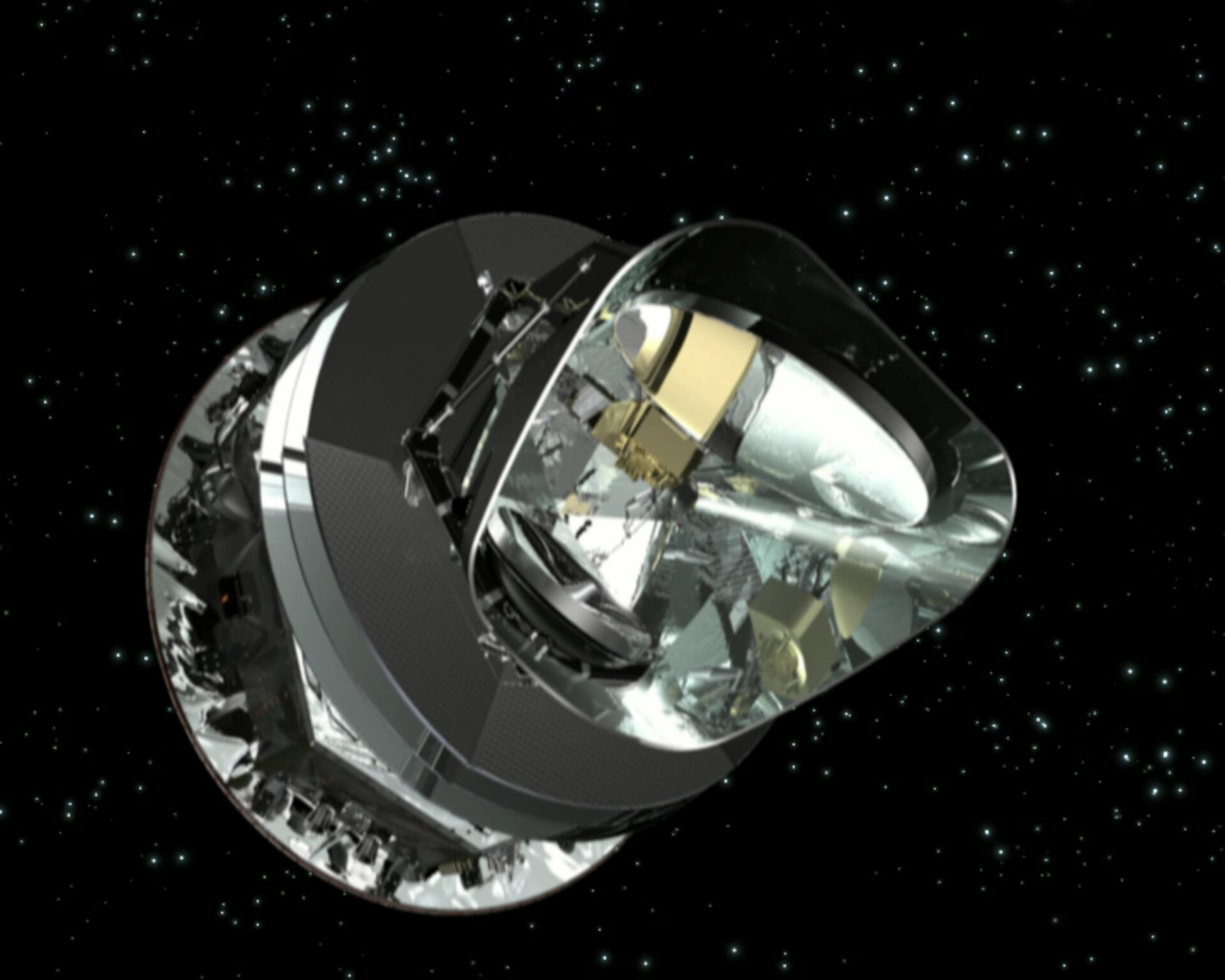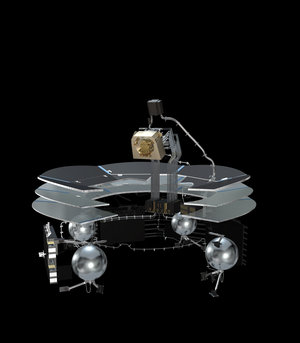Planck needs onboard fridge to map Big Bang's chilly aftermath
Launched on the same rocket, headed to the same distant region of space and with operating temperatures lower than any spacecraft before them, ESA's Planck and Herschel are true sister missions. Planck is the smaller of the two, but nevertheless its new cryogenic technology will bring it just a tenth of a degree away from absolute zero.
To observe the very coldest features of the Universe the spacecraft instruments must operate at even lower temperatures, otherwise they lose all sensitivity as the surrounding spacecraft emitting in the infrared will be much brighter than the sky.
Planck's onboard detectors seek to measure variations in the background radiation of space leftover from the Big Bang. Mapping this 'Cosmic Microwave Background' to the required accuracy of a million times less than one degree is comparable to measuring from Earth the heat produced by a rabbit on the Moon.
To achieve its own mission of observing extremely cold celestial objects, Herschel houses its instruments within a cryostat with a tank filled with superfluid helium-4. The tank is insulated from the environment by a vacuum vessel – following the same principle as a bottle of champagne in an ice bucket though in practice more than 270 degrees colder.
To last through its projected three and a half year lifetime Herschel's cryostat has more than 2000 litres of helium aboard.

Planck will be launched 'warm' but then its temperature will be gradually brought down in space over a period of months by radiative and mechanical cooling systems, that operate on a similar basis as an electric refrigerator. But no single system is capable of reaching in one step Planck's target 0.1K temperature. Instead the spacecraft employs a chain of four different cooling technologies, each nestled within the other like Russian dolls. Each has to bring the spacecraft temperature down in sequence before the next one can begin to work.
"The difference between Herschel and Planck cryogenically is the difference between a passive device and an active device," says Chris Jewell ESA's cryogenic expert for Herschel and Planck, who has worked on the cryogenic systems of both missions. "Planck is clearly in a class of its own. We have flown individual mechanical coolers many times in Earth observation missions but never such a cooling chain before."
More information
Chris.Jewell @ esa.int






